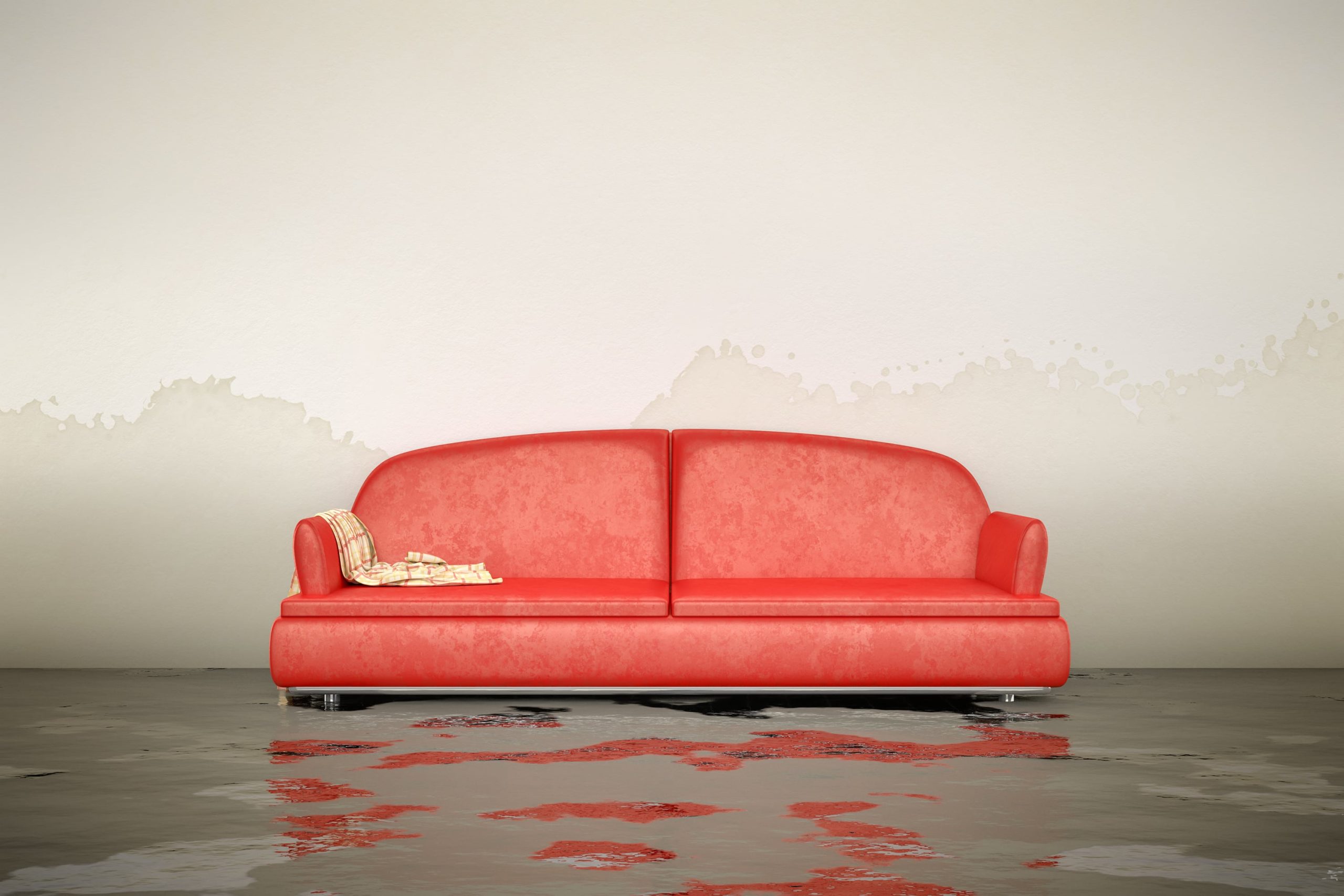
How do you deal with a Wet Basement
High humidity and mold can be problems in any home, but homes with full or partial basements are particularly susceptible. Water in the soil can seep through the underground walls, creating perfect conditions for mold growth and even causing water damage over time. A Dry Well is a good place to start when dealing with water around your foundation. However, this is just not enough sometimes, the problem can be much bigger. There are several ways to deal with water coming into a basement, including interior drains and sump pumps. But if you want to keep the water from coming through the walls completely, then you need to look at exterior waterproofing.
See Also: How Does Humidity Affect Your Indoor Comfort?
-
Exterior Waterproofing
The one big downside to exterior waterproofing is that you have to excavate along the walls that need to be treated. A trench must be dug all the way down to the footing of the foundation, and it has to be wide enough for workers to get down in it and use their tools. Once the walls have been dug out, they need to be pressure washed and then allowed to dry completely, which may take a few days, depending on the weather.
See Also: Sick House Syndrome: Get Well Soon!
-
Waterproof Membrane
The next step is the application of a waterproofing membrane. There are a few different types available, but essentially this is a kind of flexible, elasticized asphalt. It’s either painted on or put on in sheets. The old-school way to do this was to use tar, but it’s not as effective at keeping out water as more modern materials. Plus, tar can crack if the foundation moves, unlike the newer pliable coatings.
See Also: Air Conditioning and Your Health
-
Sheet Drain
Once the waterproofing membrane has cured, the next layer is generally a sheet drain. This is a two-layer membrane made of polypropylene or something similar. One side has dimples in it, which create little knobs or bumps in between the two sheets. The other side is permeable to water. The drain sheet is fixed to the walls like a blanket, with the water-permeable side facing outwards. Now, water from the soil will soak into the sheet drain and run down between the two layers (thanks to the “dimples”), instead of ever reaching the wall.
-
Drain Pipe
Along the footing, at the base of the sheet drain, an exterior drain pipe (often in the form of a French drain) will catch the water as it runs out from the sheet. The water then runs through the drain pipe and away from the home. Once all of this is in place, the dirt that was removed can be shoveled back into the trench.
See Also: The Science of Comfort
When it’s all said and done, your home shouldn’t look any different from the outside than it did before. But your basement will be cozy and dry, with much less chance of developing potentially harmful—and definitely disgusting—mold!


